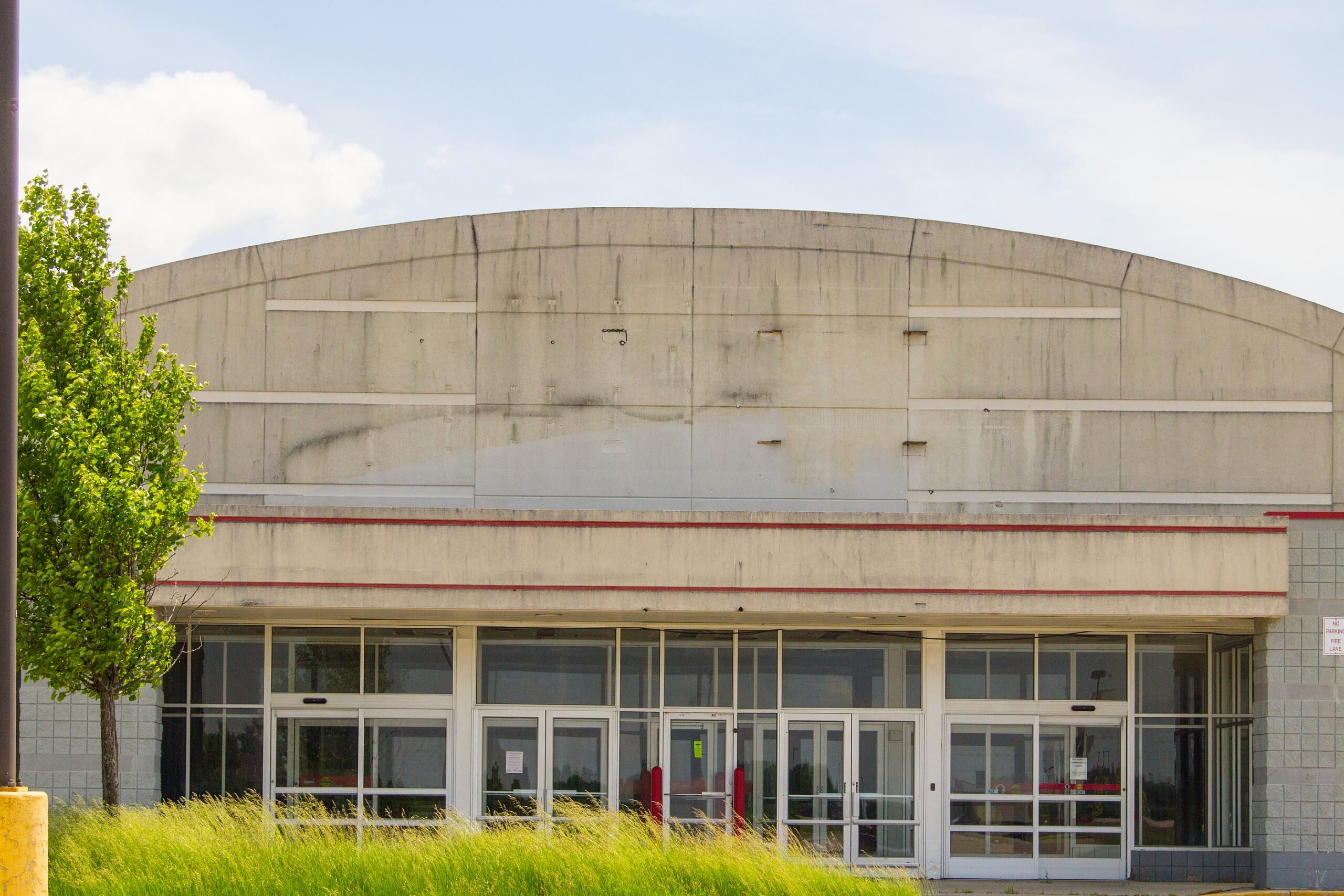Attracting and retaining the best employees are two completely different concepts. Hiring the best is usually a streamlined process of seeking out the most qualified and skilled individuals and getting them to view your organization as a positive workplace to be in.
But after hiring is complete, it is their turn to interview you, in a way. They finally get to see what is behind the front door at your organization. Hiring the best employee for the job is one thing, but retaining the best employee for the job is a whole other arena in the business world.
Yes, each of these instances may be difficult, but it is arguable that retention has become the bigger of the challenges.
The great resignation of 2020
During the COVID-19 pandemic of 2020, we experienced what is now known as “the Great Resignation.”
On the surface, thousands upon thousands of employees left their jobs for various reasons. But one of the most pervading feelings behind many resigning from their roles was that those individuals took a defining moment in human history, a global pandemic, to search for something offering more personal fulfillment.
Recruiting, training, and benefits can cost $1,500 per employee turnover — a hefty chunk of change if you consider how many employees were exiting their roles during 2020. Retaining employees has now become more crucial than ever to many companies across industries.
A recent study found that the top tenured organizations include HSBC Bank and Neutrogena, with an average 10.2 years of worker retention. Some of us cannot fathom top-notch employees staying around that long! So what is their secret?
No one sets out as a business leader to replace team members every year. We all want to keep our best-performing workers, so it is crucial that business leaders understand there is more to employee retention than money.
Align your Futureview®
The question you are likely asking yourself is: If we are an Anticipatory Organization®, how will this ensure our top employees stay on our payroll?
Futureview.
The term “Futureview” is one I coined some 30 years ago as a fundamental component of the Anticipatory Organization Model. If you are new to my blogs and new to the concept of an aligned Futureview, let me explain:
Futureview is a vivid mental picture each of us holds of our future existence, both personal and professional. It is not a goal or plan — it is the actual image in your mind, good or bad, of what is to come.

Every individual at a business or organization has their own Futureview. Your Futureview is incredibly powerful, as it controls the decisions you choose to make and the actions you forego. We need to analyze what our Futureview actually is, as a positive one can be leveraged as a powerful strategic tool that allows us to take control of the future.
When employees have a positive Futureview about where your organization is heading and their place in it, they are more likely to choose to stay and contribute to the good of the organization and everyone in it. Conversely, when they have a negative Futureview and feel as though the company is headed in a bad direction, morale declines and they begin to hunt for other positions for their own security.
It is your job as a C-suite executive, business leader, or manager to unite the Futureview of your employees as part of your organization! This alignment to a positive Futureview is not an easy task and requires critical thinking, but it is very possible.
Below are some steps to how you can establish a positive Futureview for your employees:
- Analyze Your Own Futureview
A positive, united Futureview is pervasive. This mindset naturally spreads to those around us at your organization. Do you yourself have a positive attitude about the future or a pessimistic, negative one? Do you see the future as filled with opportunity and abundance? Or is what you see in front of you one of disruption and insurmountable challenges?

You cannot retain quality employees by being a negative leader. So the first step in retaining employees is to first get your own priorities in order. Analyze your own Futureview and make sure it is a positive one. This is a vital steppingstone that allows you to open your workers’ eyes to the bright future you believe in.
- Give Employees Purpose
Are compensation and benefits important? Absolutely! Everyone needs to pay the bills. But is that all you have to offer? Not by a long shot! Employees need more than just money to feel fulfilled and satisfied.
It is human nature to seek validation, to want to feel heard and seen, and to want to be recognized for our achievements. In addition to competitive salaries, retaining employees means aligning them with a sense of purpose, a reason to want to come to work, and giving honest feedback to let them know that their work has made a difference.
- Foster a Culture of Anticipatory Thinking

We all know those businesses that have had success in the past or that have found quick success, relying on that success for years until they became complacent and then fell behind. Nokia, Kmart, Blockbuster, and others always come to mind. To keep moving into the future and have your employees moving with you, you need to leave the legacy mindset and behavior in the past.
Trying to cling to the “glory days” often leads to a disconnected and disjointed company Futureview. So instead, encourage anticipatory thinking among all of your employees and various managers! Incentivize them to pre-solve predictable problems using my Hard Trend Methodology, and foster a culture of innovation in which everyone contributes and is a stakeholder.
- Reward the Right Behaviors
Believe it or not, many companies inadvertently reward counterproductive behavior. They reward knowledge hoarding, an every-person-for-themselves attitude, and chances to showboat. This leads to the breakdown of a team and fosters selfish mindsets. We have witnessed this time and again in sports teams built around one player who then goes down with an injury.
Don’t foster a culture of competition. Retaining employees involves creating dynamic reward systems based on sharing interdepartmental knowledge, having loyalty, embracing creativity, and meaningful advances in wisdom. Incentivize collaboration by teaching the importance of employee contribution. Proper incentives are a crucial asset in innovation.
These four steps are foundational moves that you can make to align your organization’s Futureview and demonstrate to all employees that you truly value them. Let me be frank once more: Larger salaries do help employees of all levels cover their living expenses adequately. But remember: They can get paid anywhere. They may feel they do not have purpose just anywhere, though!
Employees are strategic assets to the success and significance of an organization, so make sure you find a way to help them be significant in their role!
For more business and entrepreneurship tips, subscribe to our weekly newsletter and follow us on Twitter, Facebook, Instagram and LinkedIn.




![Best startup accelerator programs in Europe [2025 Edition] alphagamma best startup accelerator programs in europe entrepreneurship](https://agcdn-1d97e.kxcdn.com/wp-content/uploads/2023/11/alphagamma-best-startup-accelerator-programs-in-europe-entrepreneurship-300x350.jpg)


